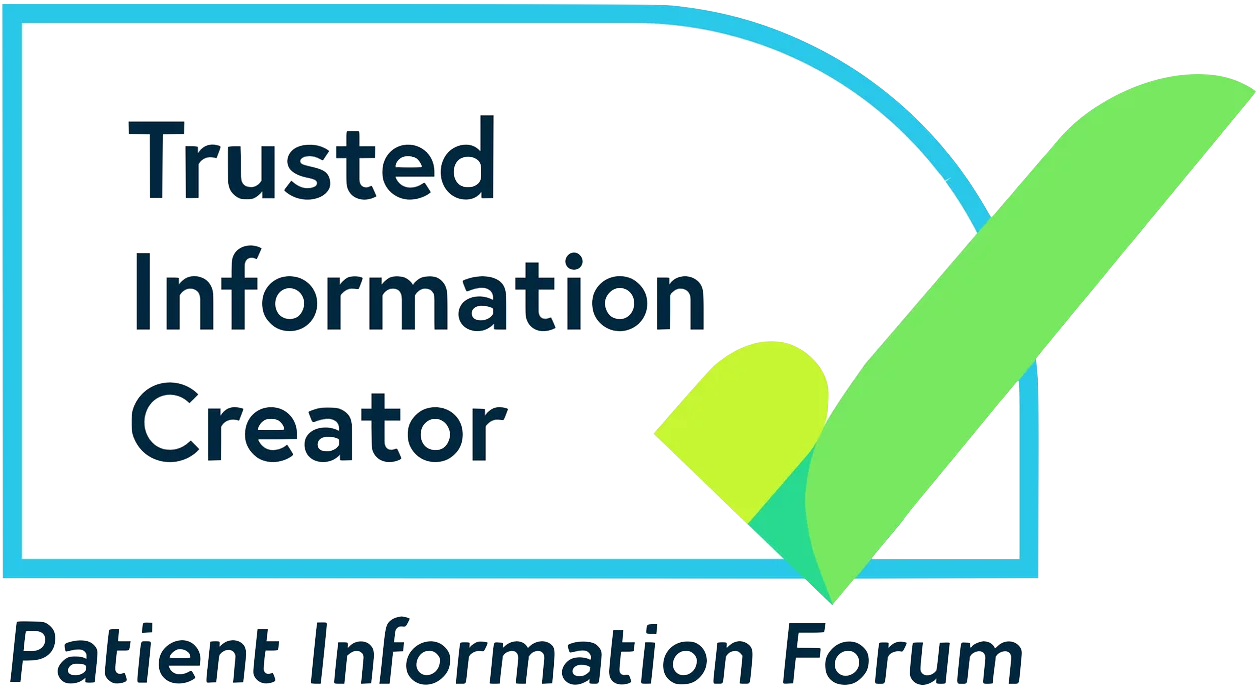If you would like to talk to someone about epilepsy, our trained advisers are here to help.
What would you like to find out about today?
Who gets myoclonic epilepsy in infancy?
Around 1 in 100 children with epilepsy have myoclonic epilepsy in infancy. Boys are twice as likely to get this epilepsy syndrome as girls. The seizures in this syndrome can begin between 4 months and 3 years of age, but they usually start between 6 and 18 months.
Most children who develop myoclonic epilepsy in infancy are otherwise healthy and have no developmental problems. In most cases, no cause can be found. However, it’s thought that there may be a genetic link. Around one third of children with this condition have a family member who has epilepsy or had febrile seizures when they were a child. These are seizures triggered by a high temperature (fever).
Children with myoclonic epilepsy may also have febrile seizures themselves.
Symptoms
Children with this syndrome have myoclonic seizures, which cause sudden, jerking movements, mostly involving their head and arms. They only last for 1 or 2 seconds, but can come in clusters, and usually happen several times a day. Your child may get these seizures while they’re asleep, as well as when they’re awake.
During a myoclonic seizure, your child may show the following symptoms:
- Their head nods, or drops forward onto their body
- They sometimes roll their eyes upwards
- Their arms jerk upwards and outwards
- They may make a noise like a cough
- They may bend their legs, which might cause them to lose their balance or fall over
In babies these seizures can be hard to spot – you may just notice your baby’s head nodding. But they tend to become more severe and happen more often.
In up to one third of children with this syndrome, seizures may be brought on by a sudden noise or touch. This is sometimes called reflex-induced myoclonic seizures. Less often, seizures may be triggered by lights (one type of photosensitive epilepsy).
Diagnosis
Your child should see a specialist doctor called a paediatrician, or a paediatric neurologist, for an assessment. They will talk to you about exactly what happens during your child’s seizures.
Your child’s doctor may suggest some tests to confirm a diagnosis. This will include an EEG (electroencephalogram), which records the electrical activity in the brain. If your child has myoclonic epilepsy, the EEG may show a particular pattern of ‘waves’ and ‘spikes’. Your doctor may see if triggers such as noise or lights affect the EEG recording.
Your child’s doctor may also suggest that your child has an MRI (magnetic resonance imaging) scan and genetic tests to rule out other types of epilepsy syndrome. This is important because other types of epilepsy with myoclonic seizures may also start at this age.
Treatment
Epilepsy medicines normally work well for children with myoclonic epilepsy in infancy. The first medicine your child’s doctor will usually offer is sodium valproate. This controls seizures in around 4 in 5 children.
If sodium valproate doesn’t help, your doctor may prescribe other medicines, such as clonazepam or levetiracetam instead. If the medicines are helping, your child will usually continue taking them for a few years.
If your child has reflex myoclonic seizures (their seizures are set off by a certain trigger such as noise or touch), it may be that they can avoid the known trigger. It can be more difficult to avoid triggers that are caused by photosensitivity.
Some children may not need medicine or may be able to stop taking medicine after a period of time. The paediatrician will discuss this with you.
We have more information about reflex seizures and information about treatments for children can be found on the Medicines for Children website.
Outlook
Most children with myoclonic epilepsy in infancy will stop having seizures within 6 months to 5 years from when their seizures started.
Up to 1 in 5 children will go on to have other types of seizures later in childhood or during their teens. These include tonic-clonic seizures. These may just happen as a ‘one-off’. If they happen more often, they can be controlled with epilepsy medicines. Less often, your child may develop a different type of epilepsy syndrome, such as juvenile myoclonic epilepsy.
Most children with this syndrome have no problems with their development or behaviour. However, around a third may develop problems with learning, language, behaviour or attention which can happen over time. This is usually mild, but it can be more severe for some children. Your child’s specialist should be able to give you advice about getting support with learning difficulties if needed. We also have more information on how epilepsy can affect learning and behaviour.
Support
Contact – for families with disabled children
Freephone helpline: 0808 808 3555
Email: helpline@contact.org.uk
Here to support you
Send us your question
Send a question to our trained epilepsy advisers. (We aim to reply within two working days).



